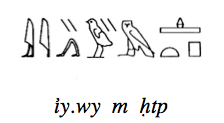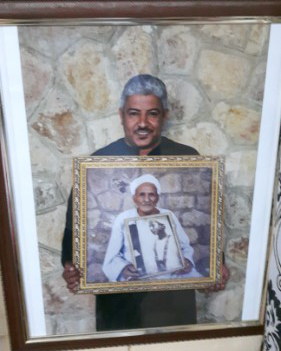
WELKOM IN VREDE
Verklaring van enkele begrippen
Beschrijvingen van enkele historische plaatsen
Day 4, mondag 12 december 2016.Program today: Wadi Hammamat.Today got up at 5 o'clock again, the breakfast was neatly prepared for me in the fridge, then I was picked up at 6 o'clock and drove towards the Wadi Hammamat.
The Wadi Hammanat is a dry riverbed in the eastern desert of Egypt between El Quisier and Qena, This area used to be an important trade route and an important mining area, the three thousand year old rock inscriptions and graffiti make it an interesting tourist attraction. On the way to the Wadi, our expert guide Tayeb had the car stopped "in the middle of nowhere" near a rock, on this rock there appeared to be some graffiti work.
Then we drove on again, until we reached the Wadi Hammamat. As it is a tourist attraction, there are of course a number of security guards, after our guide had informed them of our presence, we could start our voyage of discovery.
After having watched as much as possible, it was time to thank the guards, so a tip and to drink a cup of tea with them. After these duties, we drove on, the intention was to see a gold mine, but this was closed due to the army because of the unrest in Cairo.
A further 10 minutes by car, we see a Roman fort.
After the visit to the Roman fort we turned around, to start the journey home, underway we encountered a number of places along the way where the necessary inscriptions are located.
Superb, again something to remember, worth the day trip. It seems that there is much more to see in the Wadi, but you can not get there by car and you will have to use a dromedary or camel, something that I will probably do next time, but that is future music.
|
Verklaring van enkele begrippen
Beschrijvingen van enkele historische plaatsen



